Fawn labrador: description, content and choice of name
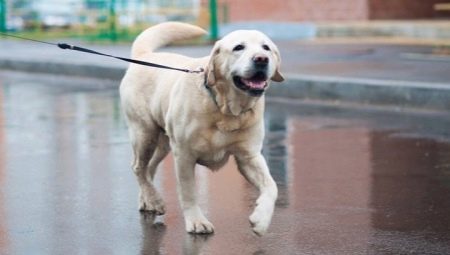
Today there is a huge variety of dog breeds. Each of them has its own distinctive features: both positive and negative. Among all the existing varieties of four-legged pets, such a breed as the Labrador stands out.
It is believed that this animal gets along well in the family, it is positively disposed. In addition, veterinarians and experienced dog breeders highlight such positive character traits of a Labrador as loyalty and devotion, benevolence, etc. And one of the most popular colors of such a dog is a fawn (or straw) color.
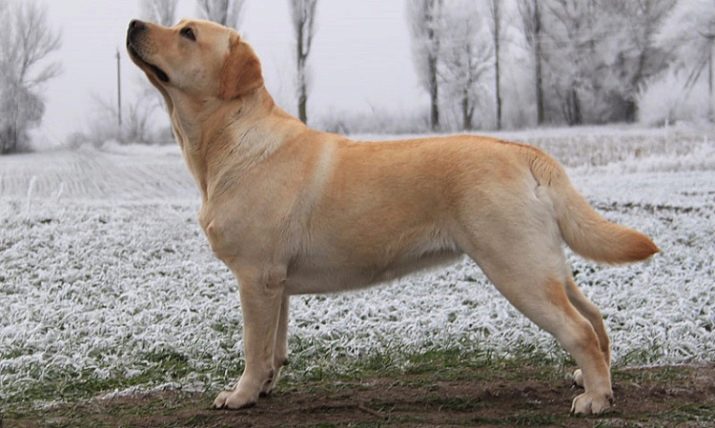
What features are inherent in an animal of this breed? What are the characteristics of a pet? In what conditions is it necessary to keep a four-legged friend? What nickname to choose for him? You will find answers to these and some other questions in our article.
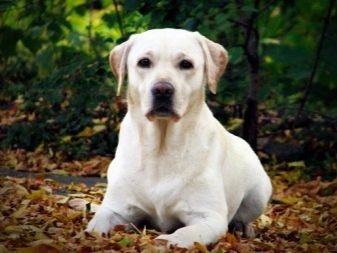
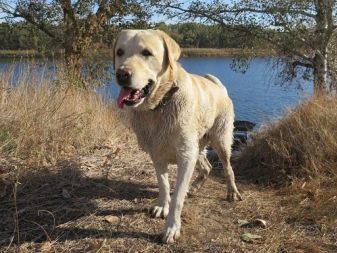
Origin story
Of particular interest not only from the research, but also from the philistine point of view is the history of the origin and origin of the breed. Scientists believe that the ancestors who gave birth to Labradors were Newfoundlands. The exact date of the appearance of the variety is unknown, but it is believed that this happened in the years 1700-1800. It is believed that the Labrador breed got its name thanks to the Earl of Malmesbury, who named the dogs after the island.
The official recognition of the Labrador breed took place in 1903 in Britain., and in 1917 the variety was also recognized in the United States of America.
Today the described breed is quite widespread.
Labradors are not only kept in homes and apartments, but also used for law enforcement and social purposes.

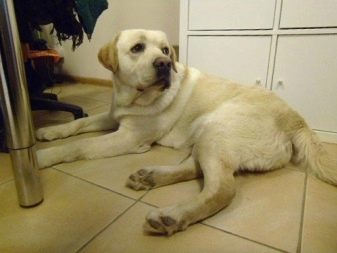
Peculiarities
The fawn Labrador Retriever is an animal that is highly valued all over the world. Of course, this applies only to purebred representatives of this species. So, in order to preserve the purity of the breed, The International Cynological Federation has adopted certain standards for adult dogs and Labrador puppies. Only those animals that fully comply with these indicators are considered true Labradors.
First of all, the standards relate to the anatomical structure of the animal. So, traditionally, a dog should have a rather large head. Moreover, it must have an unusual shape: its outlines are wedge-shaped, and the muzzle is oblong.
Not only the shape of the animal's head must comply with the standards, but also its individual elements. It is believed that the cheeks should not be drooping, on the contrary, they should be tucked up, the nose should be straight and even, slightly tapering towards the end. The teeth of the Labrador are straight, and the bite itself must be correct. Eyes set wide apart usually have a brown tint. The ears are shaped like a triangle.
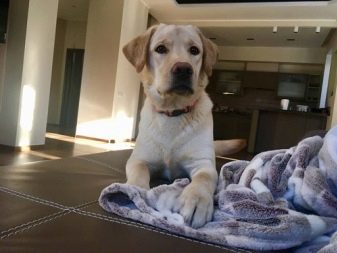
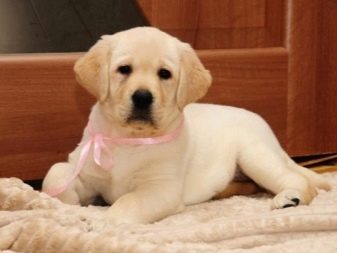
The structure of the Labrador's torso also has distinctive features. The back of the dog is straight, the loin and neck are quite strong and strong, and the chest is very wide. The tail is thick and horizontal.
The animal's coat is quite dense, it is endowed with an undercoat. There are several popular coat colors: cream, fawn, and even black.
An interesting fact: despite the fact that today the fawn color is one of the most popular among dogs of this breed, for a long time this color was considered a marriage, and only black animals were "in price". However, today the situation has changed: some breeders are specially engaged in breeding Labradors of this particular color.
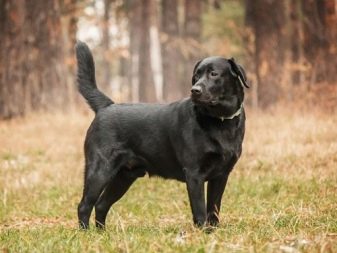
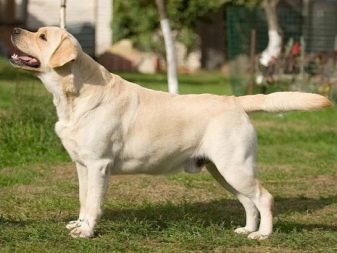
Character
If you are considering purchasing a Labrador retriever, then you should carefully familiarize yourself with its typical behavioral patterns, as well as character traits.
So, experts note that the animal has a very good-natured disposition, quickly and easily makes contact. Moreover, Labradors can interact even with small children, which is usually not a character trait of dogs with such large sizes. Animals are non-aggressive and unforgettable.
Also, the owners of Labradors note a pronounced loyalty and devotion of the dog in relation to its owner.


The use of Labradors as service dogs is explained by the fact that animals have remarkable intellectual abilities, they are quite smart and quick-witted. In addition, a distinctive feature of Labradors is their excellent sense of smell. Also, four-legged pets show hunting abilities and can serve as guides for the blind.
It is worth understanding the fact that the Labrador is a breed of dog that requires increased and constant attention. She does not tolerate long loneliness and the prolonged absence of the owner. Therefore, if you decide to have a dog of this breed, make sure that you can give it the proper amount of attention and care. Otherwise, it is better to take a closer look at other varieties.
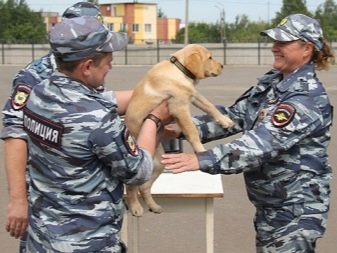

Content
In order to preserve the health of the animal and prolong its life as much as possible, you should follow some rules for its care and maintenance. Generally speaking, Labradors are quite unpretentious and resilient animals, however simple instructions should be followed. Remember that not only a small Labrador, 3.4 or 5 months old, needs your attention, but also adult dogs.
Bathing is one of the obligatory care procedures. It must be done regularly, but do not overuse water treatments. Check the temperature before placing your Labrador in the water.
The temperature indicator should be about +40 degrees Celsius - it will be the most comfortable for the animal.
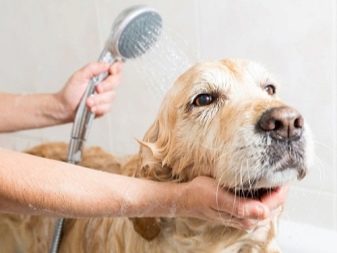

The bathing procedure itself should take place in several stages. So, first of all, you should wet the dog's hair from the bucket. This must be done very carefully so that the liquid does not get into the ears and eyes of the animal. The washing procedure itself should be started on the sides, back and tail, and the head is recommended to be washed last. It is also important to take into account the fact that you cannot use detergents intended for humans for bathing a Labrador. For these purposes, you should purchase a special dog shampoo at the pet store.
In addition to occasional bathing, smaller and more frequent hygiene procedures should be performed. These primarily include the care of the claws.
The claws of a Labrador retriever should be trimmed very carefully so as not to hurt the animal's flesh or blood vessels.
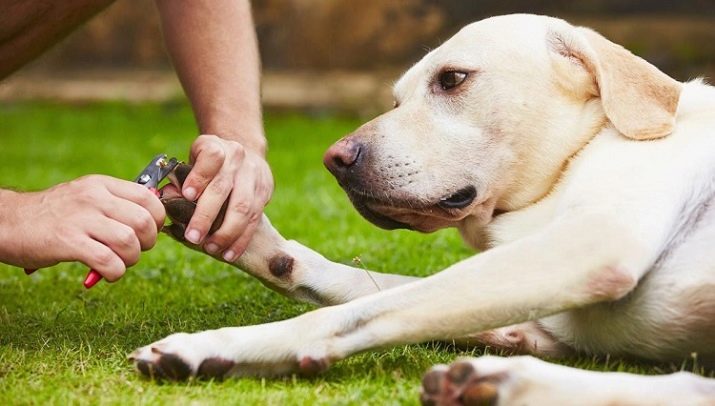
The daily compulsory procedures include brushing your teeth. It should also be done only with toothpaste specially designed for animals. You can clean the oral cavity with a toothbrush or gauze.
Also, do not neglect cleansing the eyes and ears. This can be done with cotton swabs and pads dipped in warm water. If you notice too intense dirt on the ears, then it is recommended to moisten a cotton swab in vegetable oil beforehand.
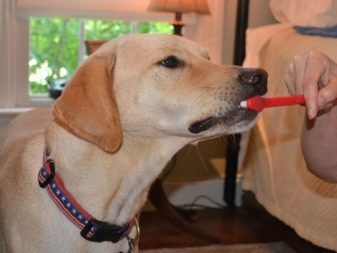
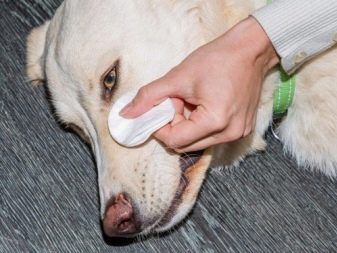
Also, regular brushing of the dog belongs to the category of grooming activities. This should be done especially often and actively during the molting period.
Remember to play with your dog and pay attention to it. Only in this way will she become your true friend.
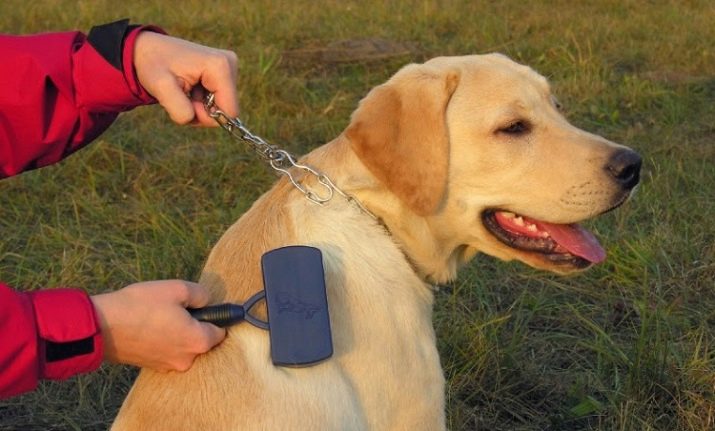
Breeding
Breeding Labradors is a difficult task that few can do. However, if you nevertheless decide to take up dog breeding, then you should strictly adhere to the recommendations and instructions of specialists.
To begin with, you should remember that only purebred individuals can be used as a parental pair. Only then will you get a real and valuable Labrador, not a cross. The age of the female and male must be at least 2 years old. Only at this age do animals show genetic deficiencies, so there is no need to rush. Otherwise, the droppings may be sick and unusable.
Breeding can be carried out naturally by mating every other day or by artificial insemination.
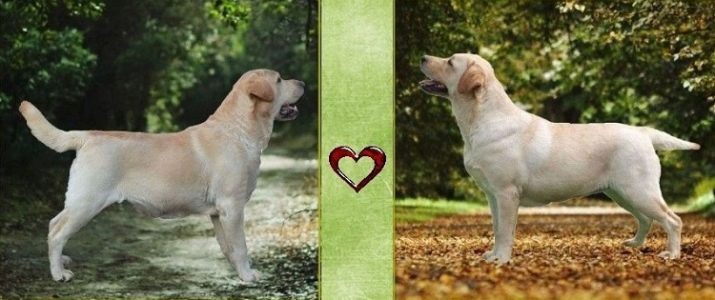
List of nicknames
If you do decide to have a Labrador Retriever in your house, then you should think about how you will name your pet. Of course, in this sense there are no restrictions - it's all about your imagination.
In general, when choosing a name, one should start from the nature of the animal. It is also not recommended to choose too long nicknames or difficult to pronounce names, as this will cause discomfort not only to you, but also to your pet. You should also consider the unusual color of your pet.
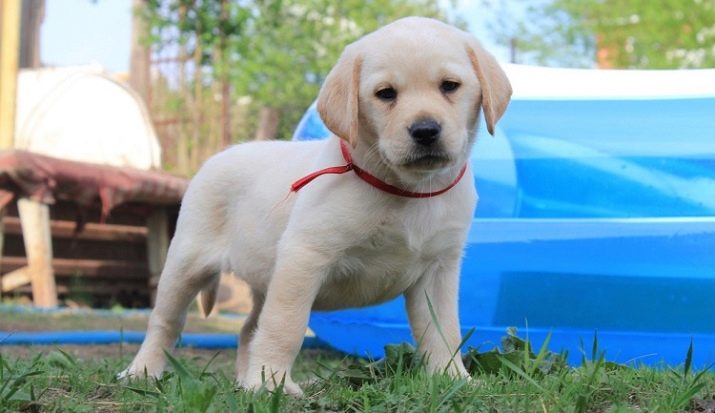
You can call the girl the following names:
- Star;
- Arrow;
- Ayma;
- Vanilla;
- Jasin;
- Spark;
- Weasel;
- Charmy;
- Yuna;
- Florence;
- Maya, etc.
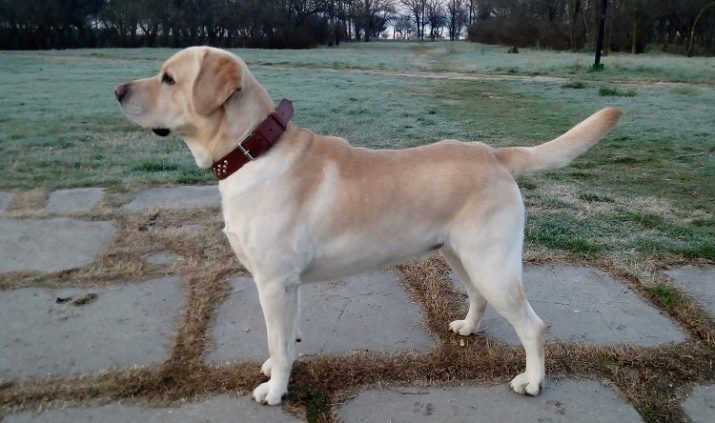
For boys, the following nicknames are suitable:
- Wind;
- Henry;
- Hunter;
- Zeus;
- Lord;
- Spark;
- Biddy;
- Yakhont;
- Nitro;
- Pilot, etc.
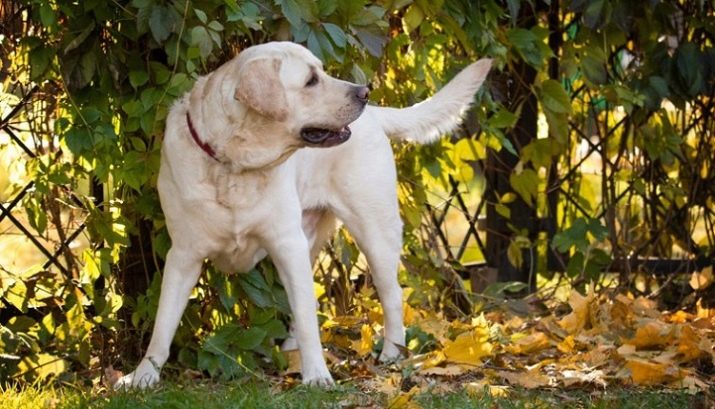
The above list is not closed. At your request, for your four-legged friend, you can choose one of the specified names, or you can independently come up with a unique and exclusive nickname. Either way, make sure it is sweet and appealing to you and your family.
For information on how to care for Labradors, see the video below.






































